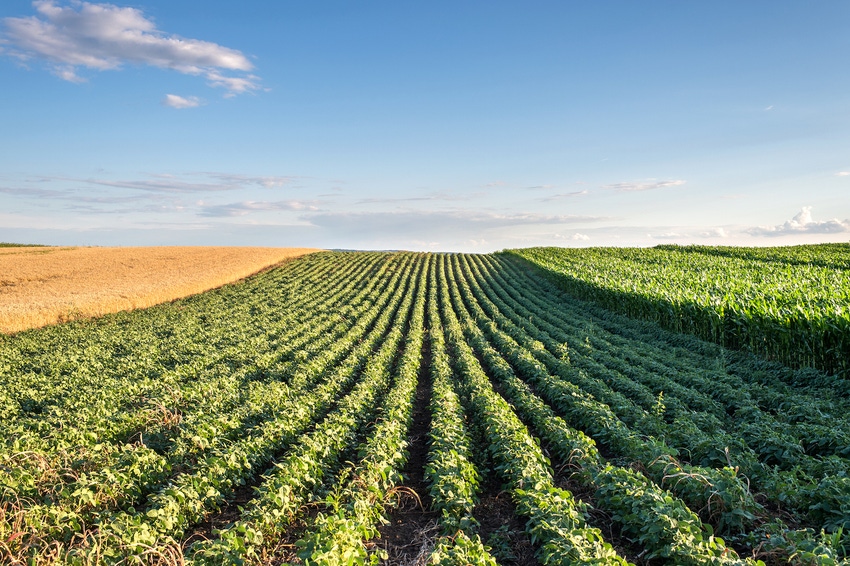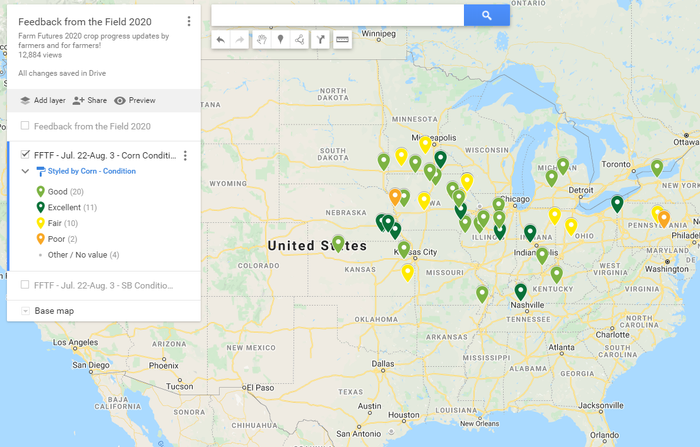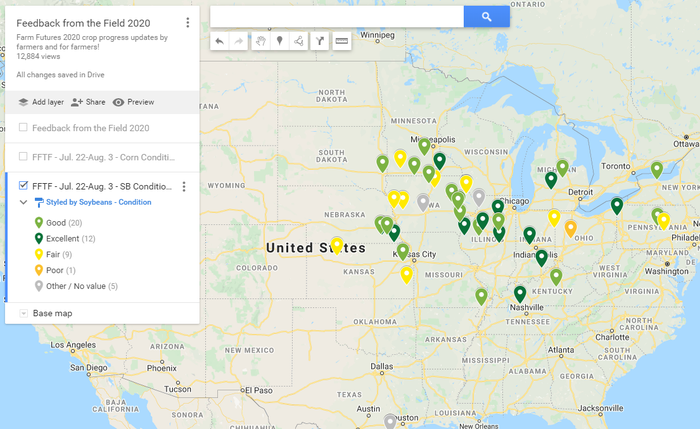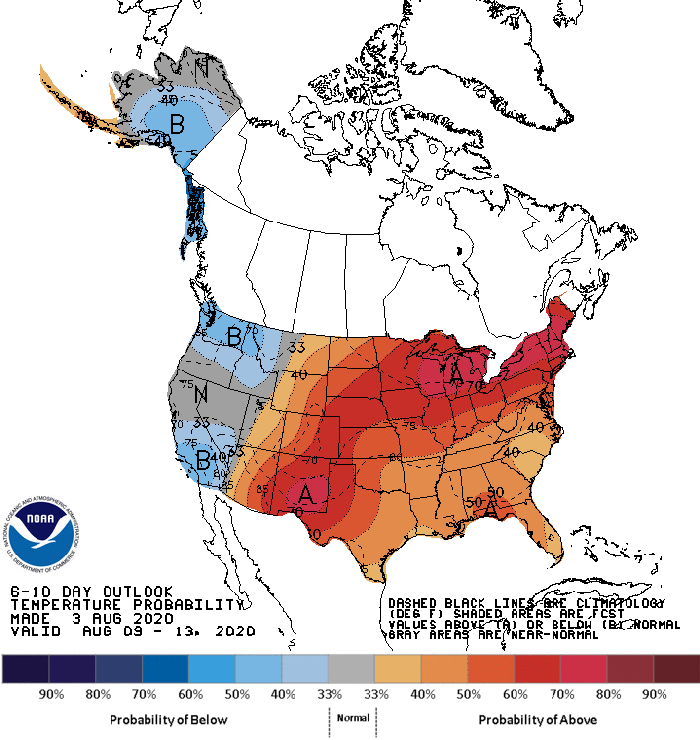
Soft and hard red winter wheat harvests in the Midwest and Plains came closer to wrapping up last week, with 85% of winter wheat harvesting reported as complete across the U.S. according to the latest Crop Progress report.
Winter wheat harvest has largely finished on the soft red winter wheat crop in the Midwest, according to a weekly harvest report by U.S. Wheat Associates. Hard red winter wheat harvests are wrapping up in South Dakota over the next week. Early harvest progress in Montana, Idaho, and Washington will continue in rapid fashion this week on favorable forecasts for harvest conditions.
Favorable combining weather allowed harvest progress for the soft white winter and spring crops in the Pacific Northwest to advance with over 20% of the crop harvested in the past week. USDA reported spring wheat harvests were 5% complete as of Sunday, below the 10% five-year average but 4% higher than last week as harvest activity starts up in many areas.
“Soft White winter looks really good and will be above average,” a Farm Futures reader in Eastern Washington reported. “Falling numbers and protein levels could be impacted by late, cold, and wet spring and a dry summer. We haven’t had a drop in a month and over 100-degree temperatures.”
But a hot and dry forecast across the Northern U.S this week will not only support rapid harvest progress, but it will also raise protein levels in the wheat plants remaining in unharvested fields. Spring wheat condition ratings improved 3% on the week following favorable growing conditions, ending the reporting week of July 27-August 2 rated at 73% good to excellent.
“The spring wheat is late but ok,” the Eastern Washington wheat grower shared. “Again, like the soft white winter, the soft white spring will be above average in the PNW yield wise, but quality is a big concern due to very unusual 2020 weather so far.”
Corn conditions stabilize amid dryness
Light and scattered showers across the Central Plains and Central Mississippi River Valley last week provided enough replenishment to soil moisture levels to lead USDA to maintain a weekly rating of 72% good to excellent for the U.S. corn crop for the second straight week.

Pollination neared completion across the U.S. according to yesterday’s Crop Progress report, with 92% of corn reaching the pollination stage as of August 2. Moderate temperatures favored maturation across the Corn Belt last week as 39% of corn had reached the dough stage by Sunday, rising 17% from the previous week.
But despite the overall progress, regional dryness and nutrient deficiencies continued to weigh heavily on growers’ minds. “We are extremely dry,” a Pennsylvania grower reported in the Farm Futures’ Feedback from the Field series. “We got 4 inches of rain on Thursday,” an Indiana reader shared. “But the corn is fired nearly to the ear.”
Soybeans thrive on moderate temperatures
Favorable crop development weather across the Midwest last week sent soy blooming progress inching towards completion. As of Sunday, 85% of U.S. soybeans had reached the blooming stage up 9% from the previous week and slightly ahead of the five-year average of 82% for the same time period.

The moderate weather conditions sent pod setting rates soaring up 16% from the previous week to 59% complete. They also led to a 1% increase in condition ratings from the previous week to 73% good to excellent as of August 2.
But dry weather continues to plague key growing areas in Nebraska, Iowa, and Ohio. “We need rain,” a North Central Iowa farmer lamented. “In areas [soybean plants] look like late August with no to a few pods on the stems.”
Rains for the Eastern Corn Belt?
NOAA’s updated 6-10 day forecast shows an increased probability for above average rainfall accumulation early next week east of the Mississippi River. The outlook is good news for farmers in Indiana and Ohio struggling with dry soil moisture conditions, but will it be too little too late? Pollination will be largely completed in the Eastern Corn Belt by that time, but the added moisture will support maturing corn plants.

With a 70-75% chance of above average temperatures prevailing in the Northern Plains and Upper Mississippi River Valley during that time, dry conditions in the Plains paired with below average rainfall will likely exacerbate heat stress conditions next week, especially in Nebraska. Temperatures are expected moderate late in the week, providing a little relief from scorching conditions.

Follow along with the season:
Feedback from the Field Roundup – Week ending July 26, 2020 - Improved corn conditions offset drought, wind damage.
Feedback from the Field – Week ending July 19, 2020 - Crops withstand the heat while pastures and rangeland suffer lowest ratings since 2012.
Feedback from the Field: July 7, 2020 - Crops stand up to hot weather – for now.
Feedback from the Field: June 30, 2020 - Despite strong ratings, the corn crop may face challenges during silking process.
Feedback From The Field: June 23, 2020 - Readers report solid corn and soybean crop quality so far this year.
About the Author(s)
You May Also Like






